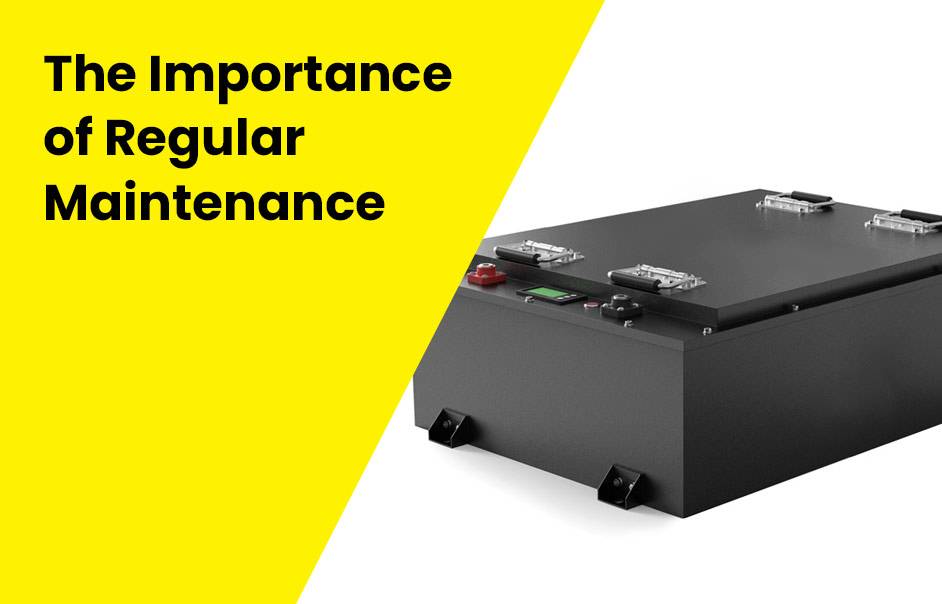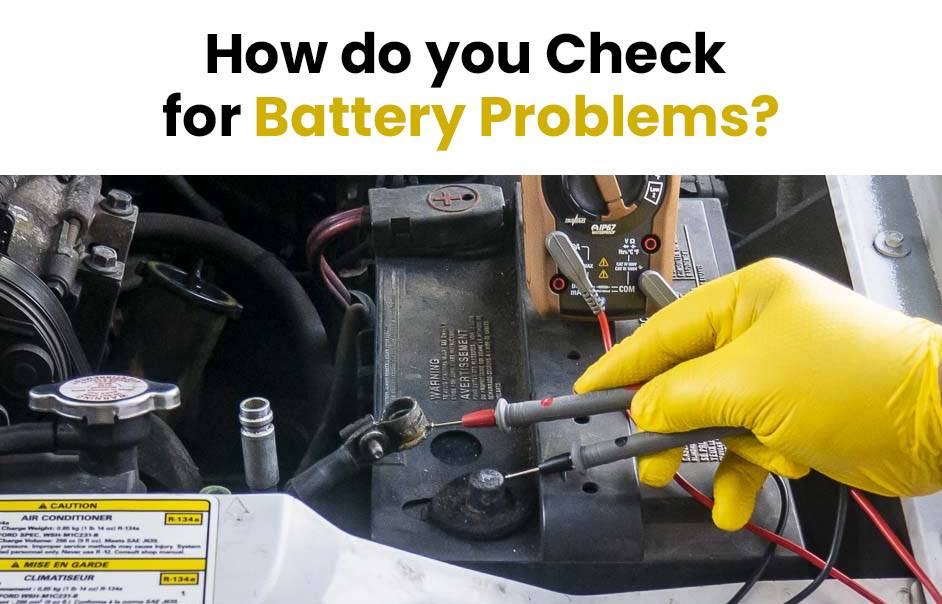Experiencing car battery troubles? You’re not alone! From slow starts to complete failures, these issues can be frustrating. But fear not, in this blog post, we’ll cover signs of a failing battery, stress the importance of maintenance, and provide step-by-step instructions for checking your battery’s health. Let’s dive in and tackle those battery woes together!
Signs of a Failing Battery
Recognizing signs of a failing car battery is crucial for preventing unexpected breakdowns. Here are some key indicators to watch out for:
- Slow Cranking: If your car struggles to start and you hear a sluggish sound when turning the key, it’s a sign that your battery may be failing.
- Dimming Lights: Dimming headlights and interior lights are common signs of an insufficient charge, indicating potential battery issues.
- Unusual Sounds: Clicking or buzzing noises when attempting to start the car could mean there’s not enough power reaching the starter motor, signaling a failing battery.
- Swollen Battery Case: A swollen or bloated battery case indicates overheating, often occurring in batteries nearing the end of their lifespan.
If your battery is over three years old and shows any of these signs, it’s likely time for a replacement to avoid further complications and ensure your safety on the road.
The Importance of Regular Maintenance
Regular maintenance is crucial for ensuring your battery’s health and longevity. By staying proactive, you can catch potential issues early and prevent them from escalating. Here’s how to maintain your battery effectively:

- Keep Terminals Clean: Regularly inspect and clean the terminals to ensure proper electrical contact and prevent dirt buildup.
- Check Electrolyte Levels: For batteries that require it, monitor electrolyte levels and add distilled water following manufacturer guidelines to maintain optimal functioning.
- Test Voltage: Periodically test your battery’s voltage to assess its overall health. A low reading may indicate a failing or weak battery that needs attention.
Incorporating these maintenance tasks into your routine helps prevent major issues and ensures your battery performs reliably when you need it most.
Steps for Checking Battery Health
Regularly checking your battery’s health is essential for optimal performance. Here’s a straightforward guide to help you assess its condition:
- Visual Inspection: Look for physical damage or corrosion on the battery, such as bulges or leaks, which could indicate a problem.
- Voltage Test: Measure the battery’s voltage with a multimeter; a healthy 12-volt battery should read around 12.6 volts.
- Load Test: Conduct a load test to assess how well the battery holds a charge under heavy usage conditions, ensuring it can meet your needs reliably.
Performing these checks regularly helps catch any issues early and ensures your battery performs at its best when you need it most.
Solutions for Common Battery Problems
Addressing common battery problems is essential for maintaining a reliable vehicle. Here are some straightforward solutions to tackle these issues:

- Dead Battery: Jumpstart your car using jumper cables and another vehicle with a charged battery to resolve this issue quickly and get back on the road.
- Corrosion on Terminals: Clean the battery terminals with a mixture of baking soda and water, followed by brushing them with a wire brush to remove corrosion effectively.
- Consider Replacement: If your battery frequently needs jumpstarting or recharging, it may be time for a replacement to ensure reliable starting and performance.
Implementing these solutions and practicing regular maintenance techniques will help keep your vehicle’s electrical system in top shape, ensuring you avoid common battery-related problems and enjoy trouble-free driving.
How to Prevent Future Battery Issues
Preventing future battery issues is crucial for keeping your vehicle running smoothly. Here are some simple steps to minimize the chances of encountering battery problems:
- Regular Maintenance: Schedule routine checks with a technician to inspect and clean your battery, ensuring proper connections and addressing any signs of wear or damage.
- Keep Battery Charged: Invest in a trickle charger if your vehicle isn’t used often to maintain battery charge and prevent power loss over time.
- Avoid Extreme Temperatures: Park in shaded areas during hot weather and use engine block heaters in cold temperatures to prevent battery drain.
- Limit Electrical Load: Minimize accessory use when the engine is off to reduce strain on the battery.
- Check for Parasitic Drain: Watch for abnormal battery drain even with all systems off, and have a professional address any issues promptly.
- Test Battery Regularly: Use a digital multimeter or free testing services to monitor battery health periodically.
- Replace Old Batteries Promptly: Replace batteries every 3-5 years to prevent unexpected breakdowns.
Incorporating these preventive measures into your maintenance routine will help keep your battery in top condition, ensuring reliable performance and avoiding inconvenient breakdowns.

